The Black Star was awarded a Guggenheim International Award in 1960, shortly after the death of its artist, Quebec Automatiste painter Paul-Émile Borduas (1905–1960). Long considered his masterpiece, the painting displays the synthesis of Borduas’s plastic language of his Parisian period: oppositions between strong contrasts (black and white) and more subtle ones (black and brown), and a calculated distribution of the black and brown spots on the white ground. The black spots never reach the periphery of the canvas but remain contained within the pictorial plane, thus ruling out a reversible reading (black on white or white on black). The suggestion of movement that emerges within the white ground by following the folds created by the palette knife are equally characteristic of Borduas’s work at this time.
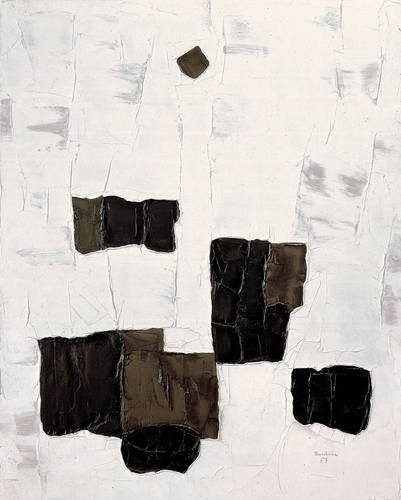
Paul-Émile Borduas, The Black Star (L’étoile noire), 1957
Oil on canvas, 162.5 x 129.5 cm, Montreal Museum of Fine Arts
We are thus invited to contemplate a “black star” detaching itself from a white sky—the reverse of the black sky to which we are accustomed. In 1957 Borduas could not have guessed at the existence of what astronomers have been calling “black holes” since the 1960s. He created a poetic image of them avant la lettre, which recalls the words of one of the great poets of Quebec, Saint-Denys Garneau: “We decided to create the night / For a single small difficult star.”
This Spotlight is excerpted from Paul-Émile Borduas: Life & Work by François-Marc Gagnon.
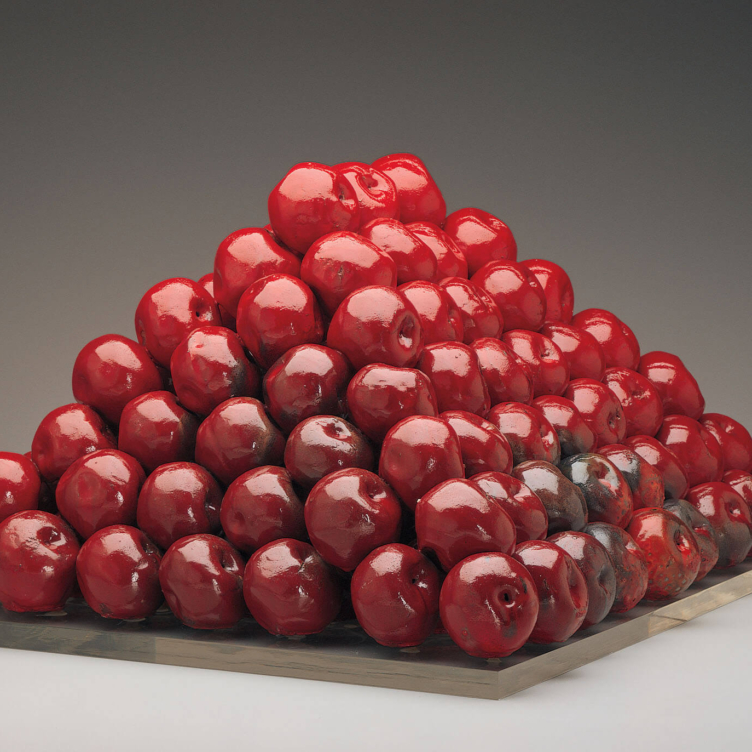 Pyramid Scheme
Pyramid Scheme
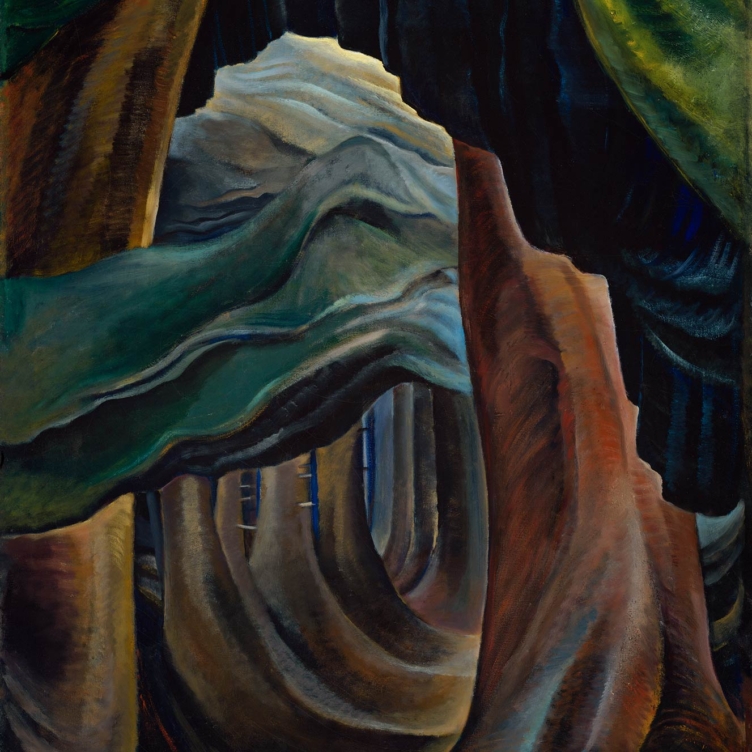 Transportive Trunks
Transportive Trunks
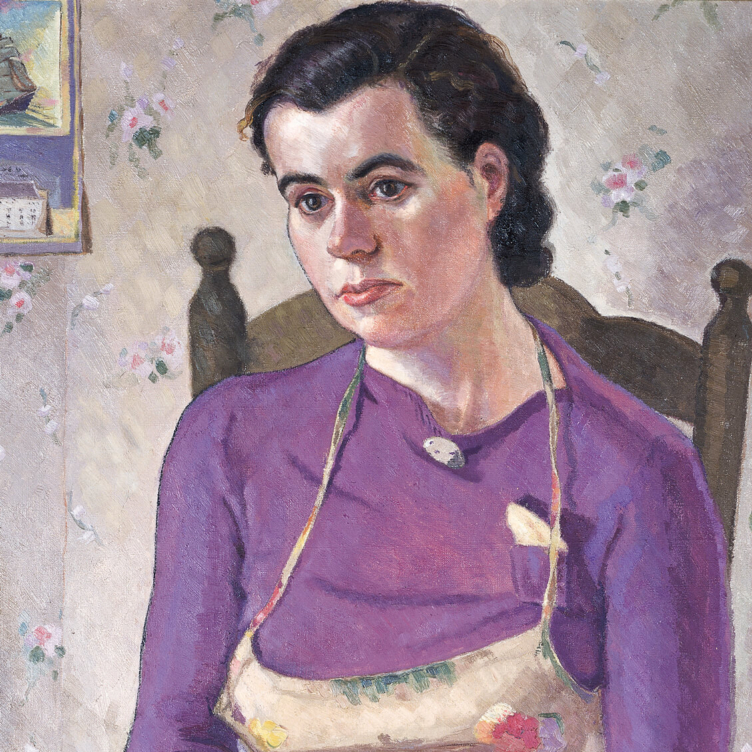 The Military Mate
The Military Mate
 Looking Up on the World
Looking Up on the World
 Vessel of Despair
Vessel of Despair
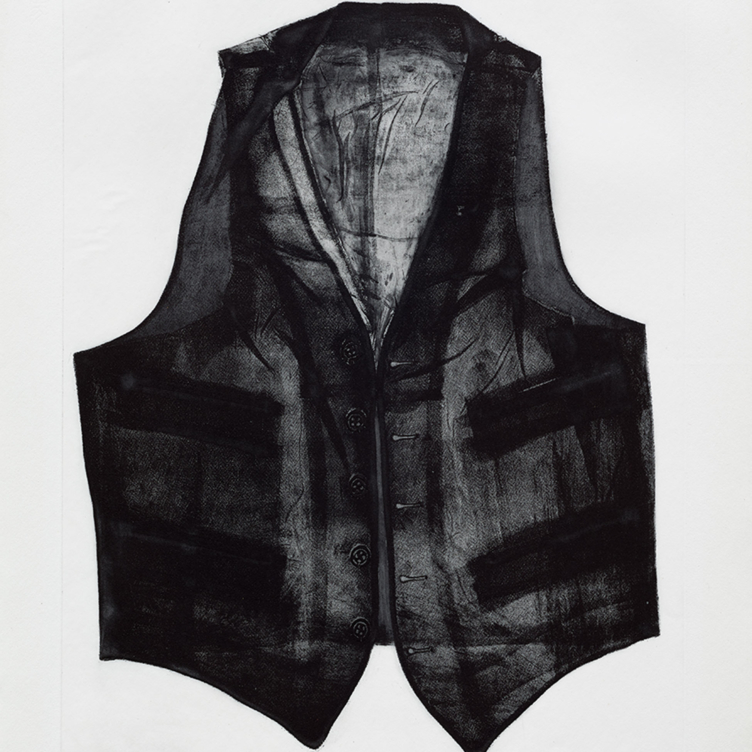 Layers of Meaning
Layers of Meaning
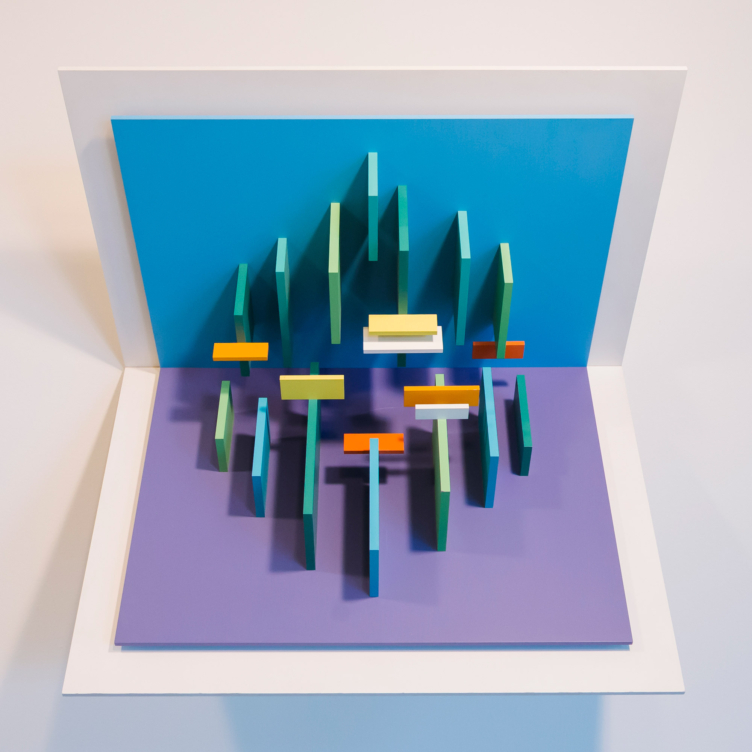 In Parallel to Nature
In Parallel to Nature
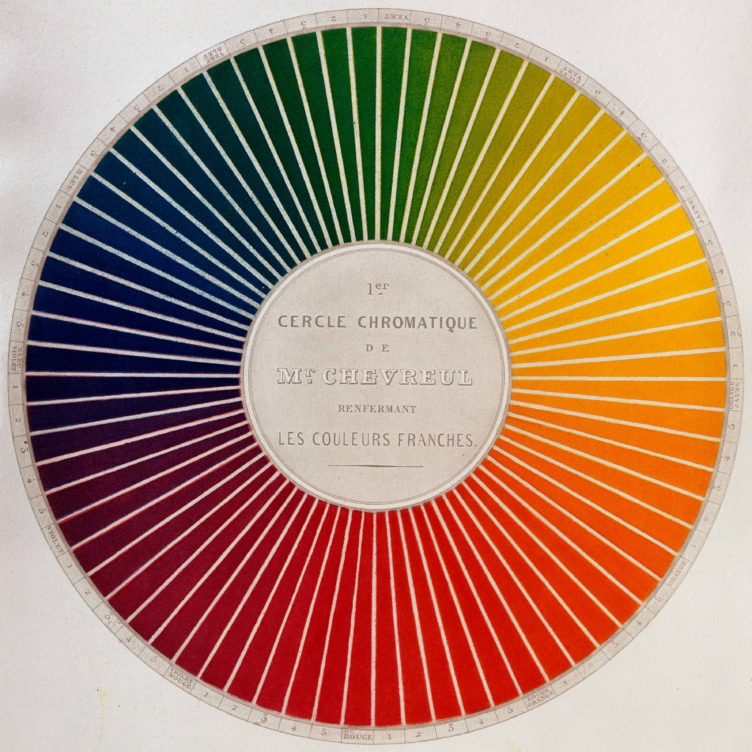 Wheel of Fortune
Wheel of Fortune
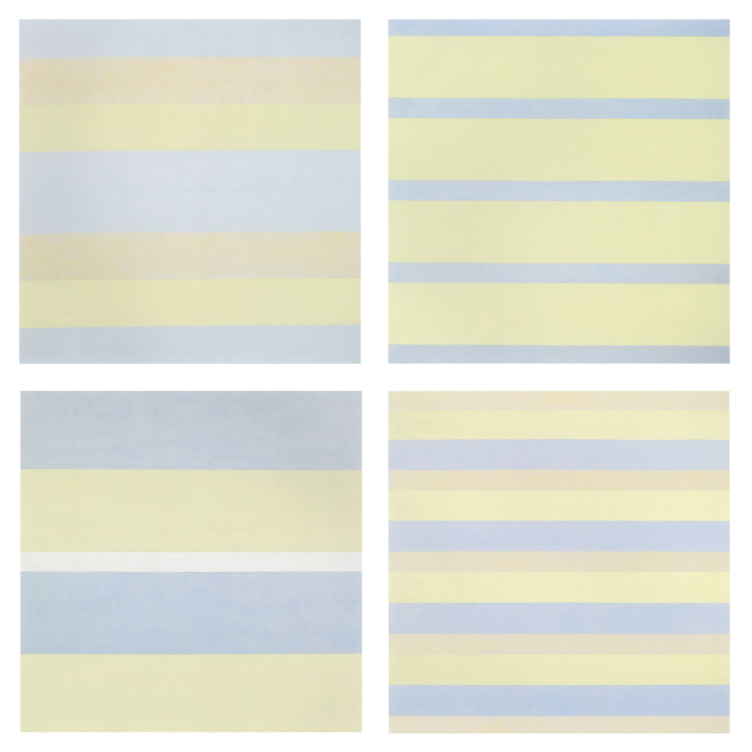 Paintings after emotional states
Paintings after emotional states
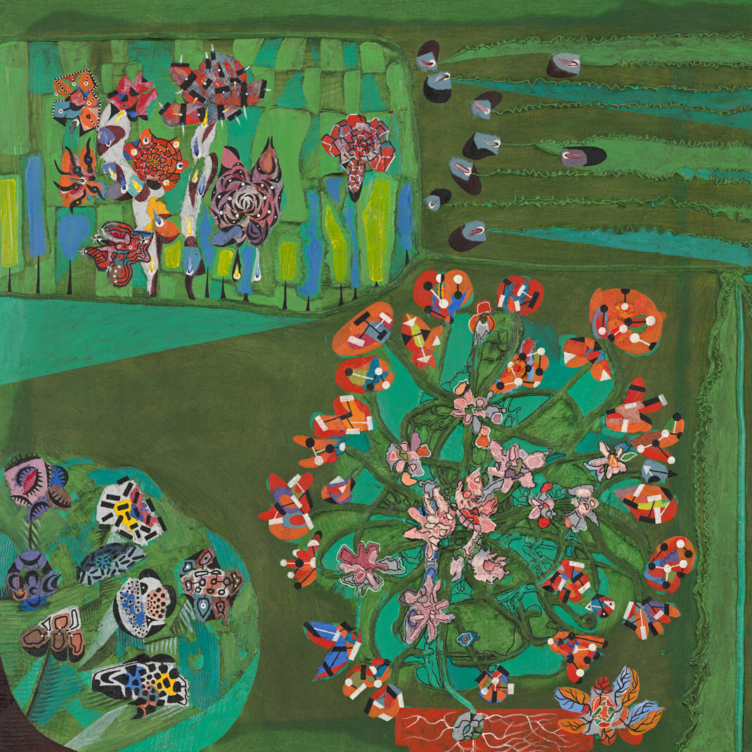 Garden of Delight
Garden of Delight
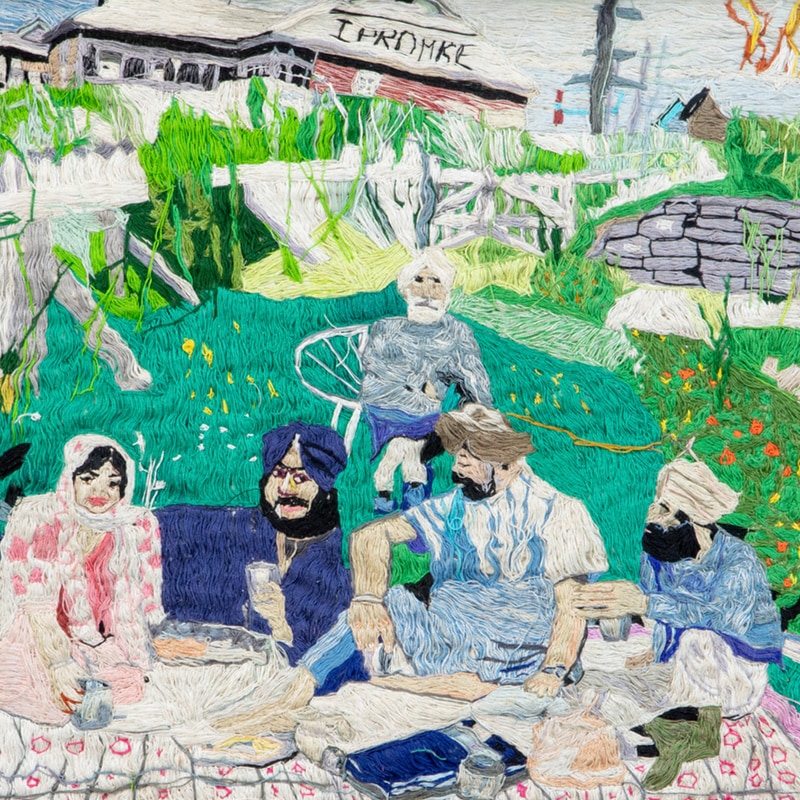 Stitching the Archives
Stitching the Archives
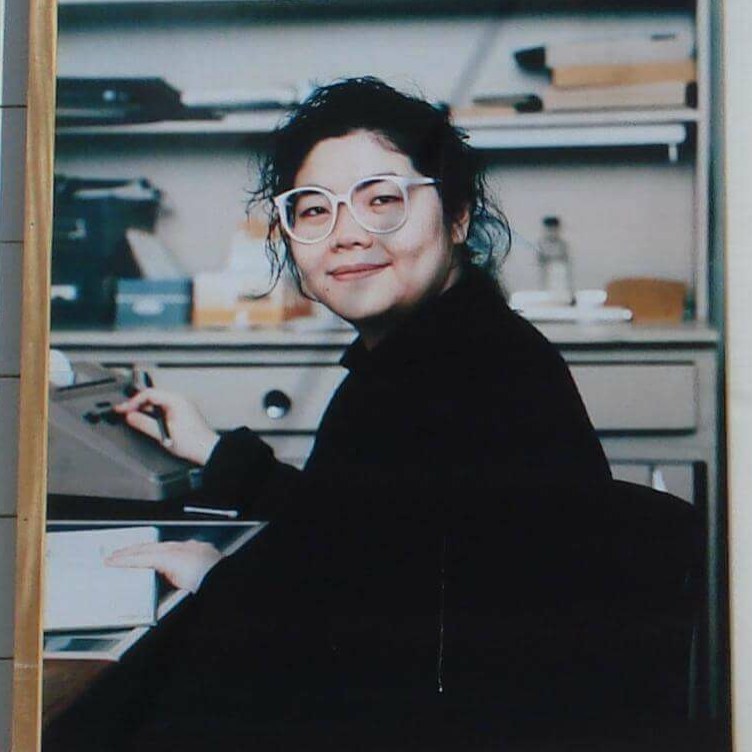 A Working-Class Hero
A Working-Class Hero
 Imagining Entangled Futures
Imagining Entangled Futures
 Bridging Far and Near
Bridging Far and Near
 Soft Power
Soft Power
 Imagining Emancipation
Imagining Emancipation
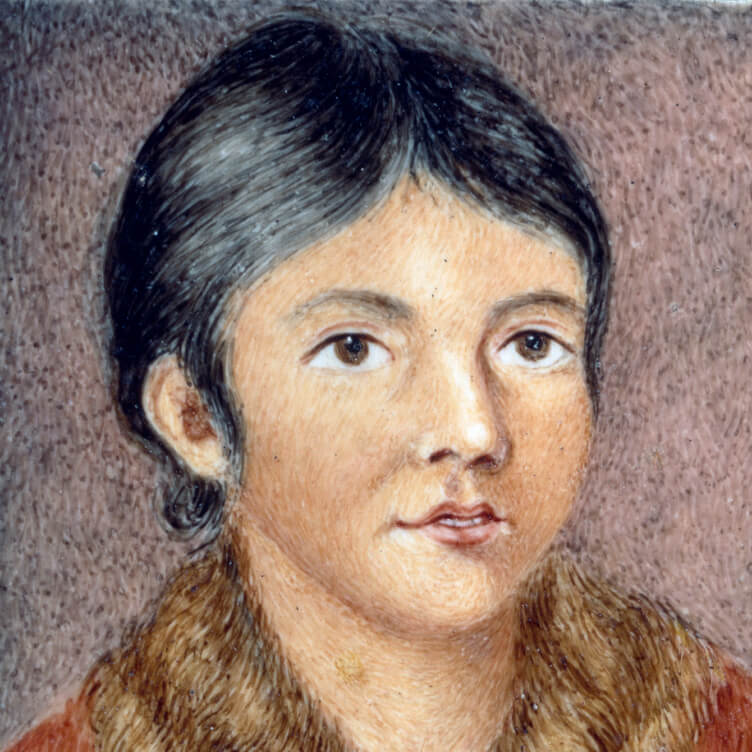 A Priceless Portrait
A Priceless Portrait
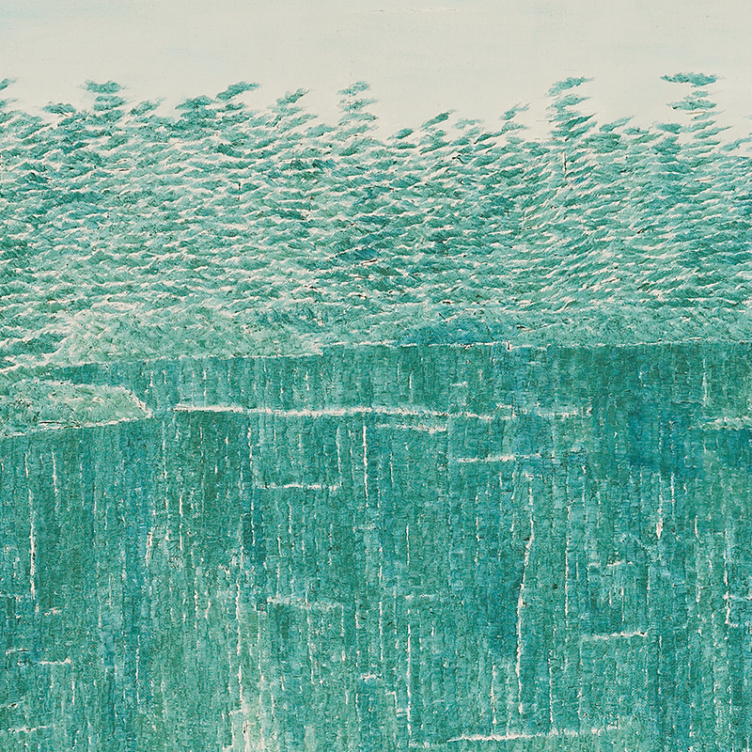 Meditation in Monochrome
Meditation in Monochrome
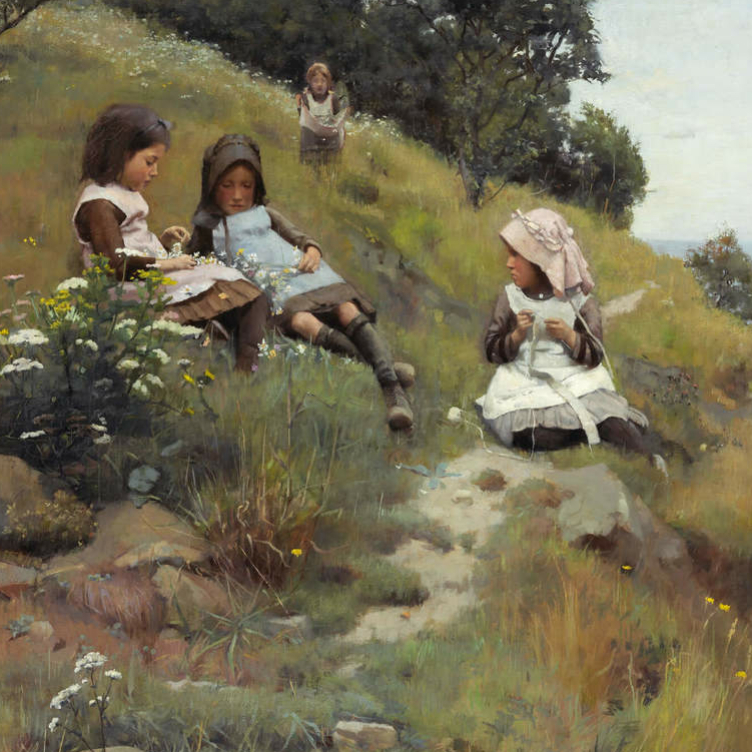 Making His Mark
Making His Mark
 Honour and Sacrifice
Honour and Sacrifice